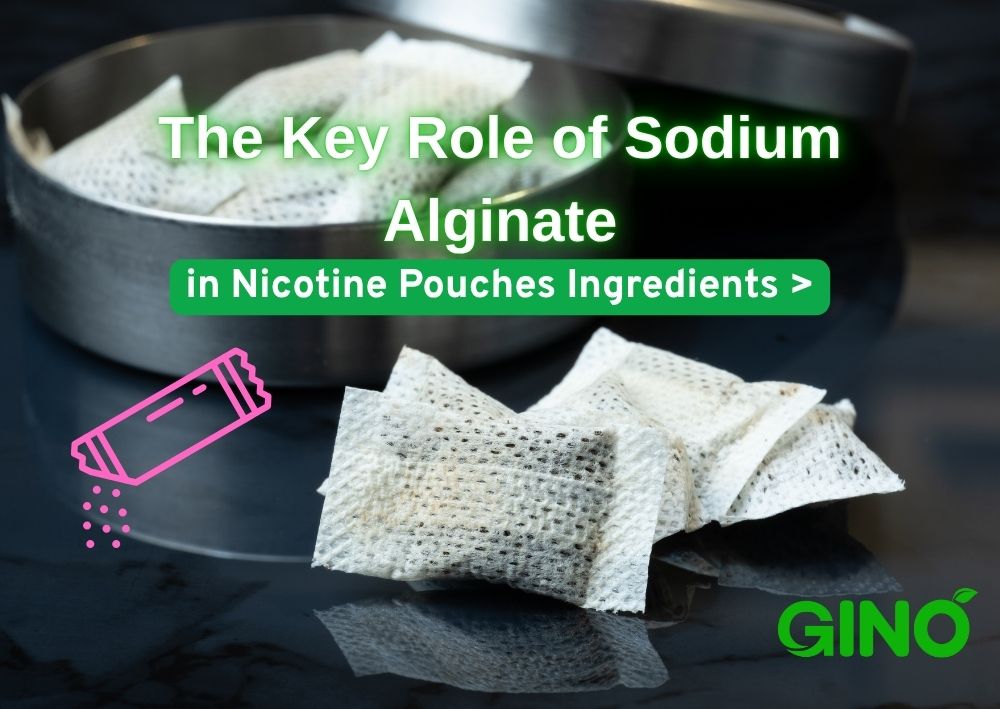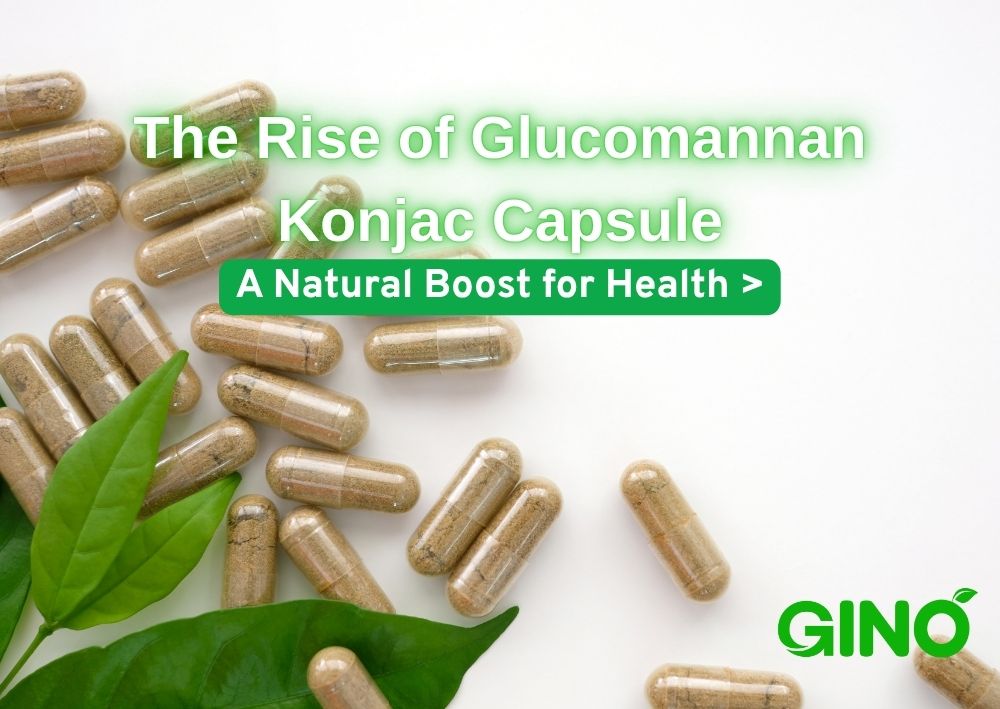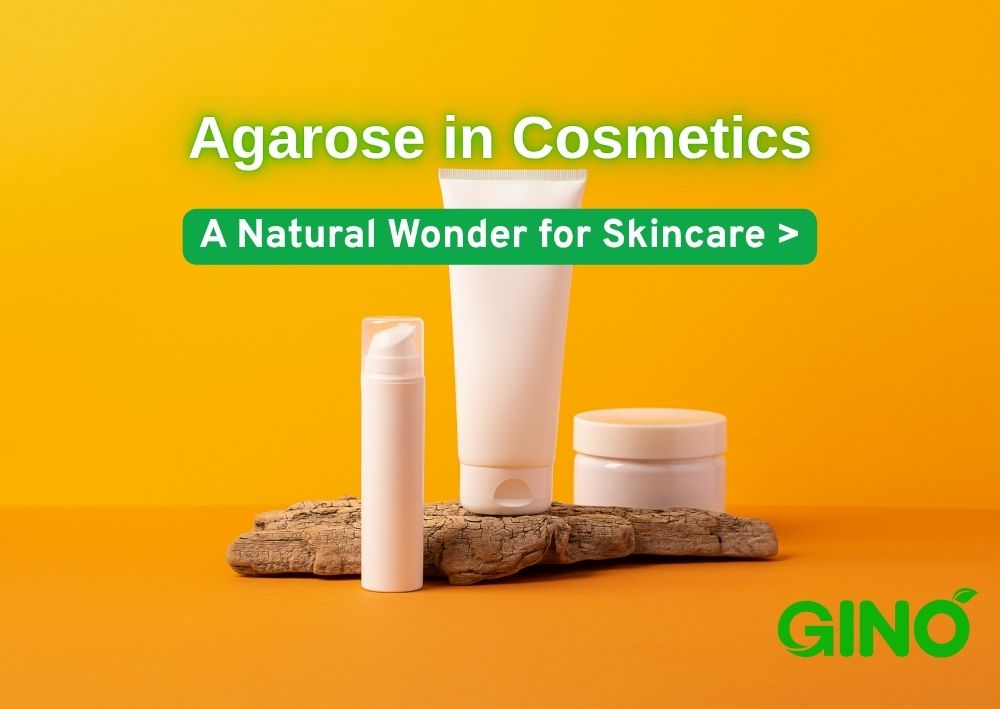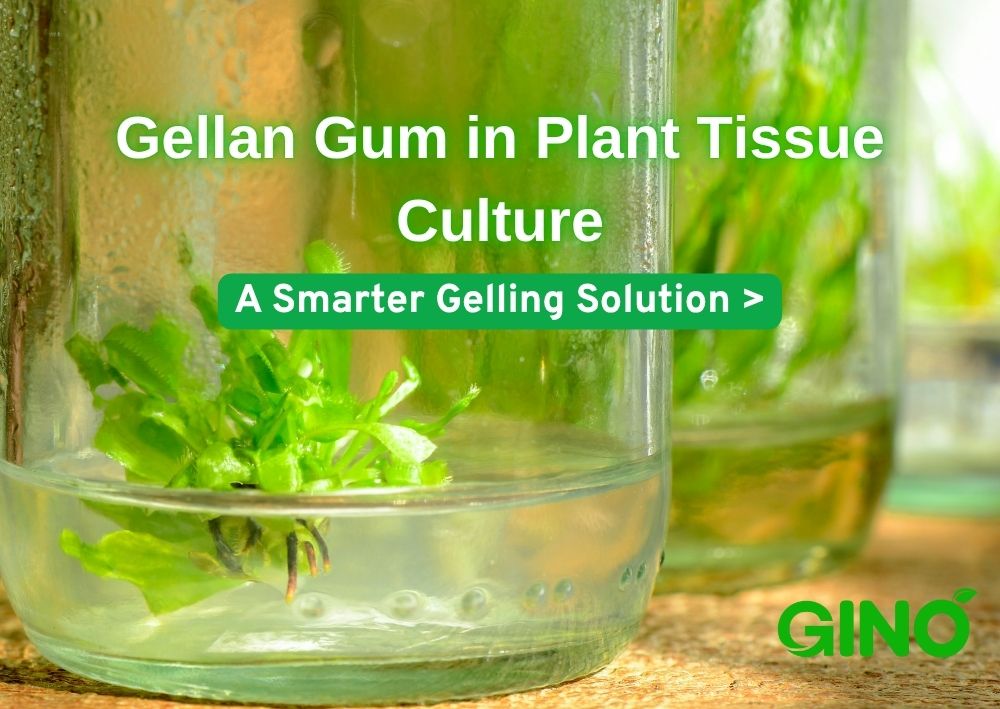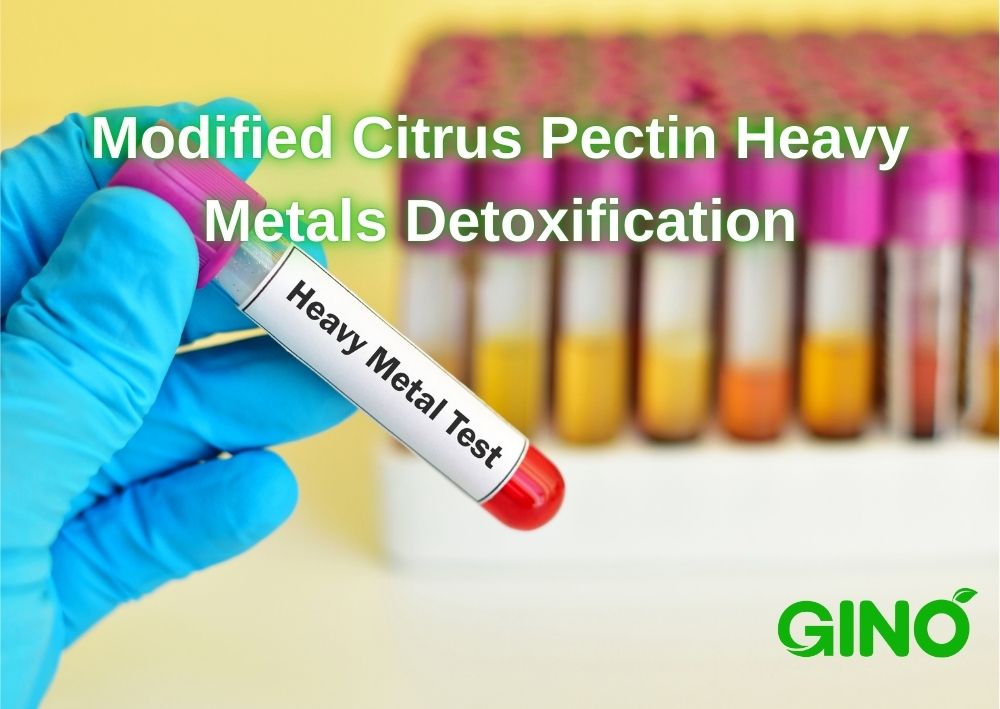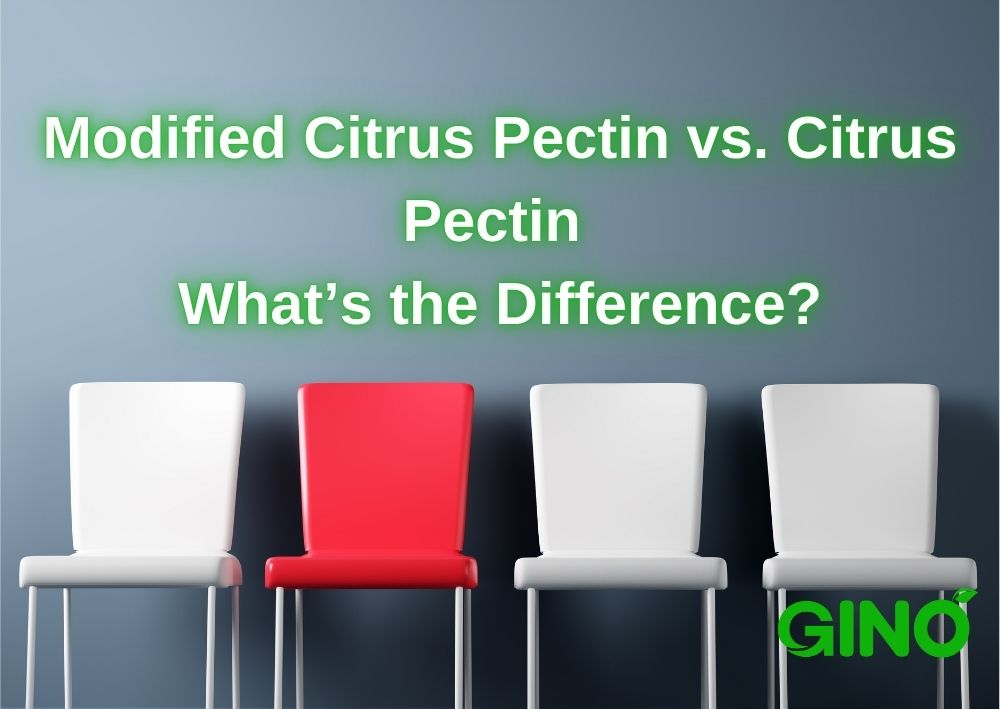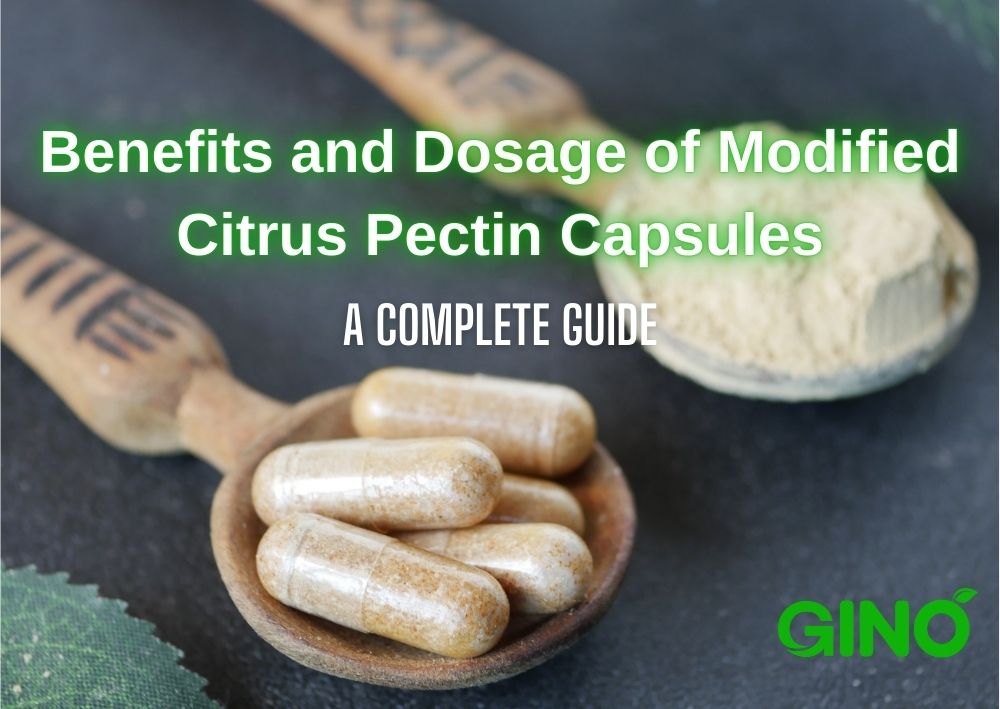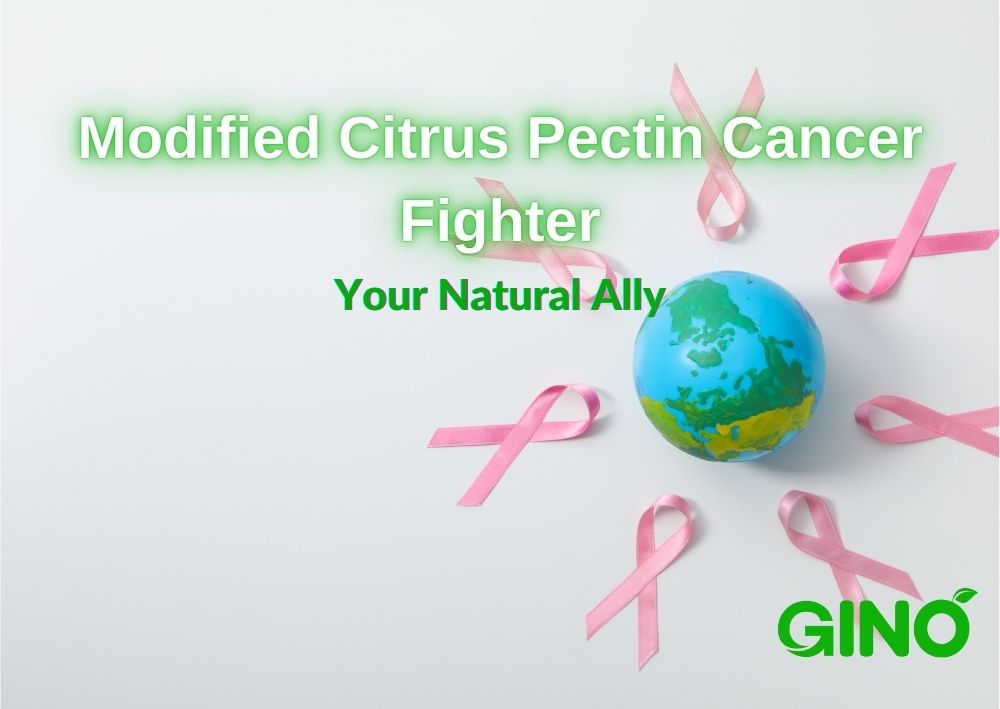
The Role of Sodium Alginate in Vegan Caviar
Sodium Alginate in Vegan Caviar
1. Introduction
Vegan alternatives to traditional delicacies are growing in popularity as more people turn to plant-based diets. One such innovation is vegan caviar, a creative and sustainable alternative to the luxurious fish roe.
A key ingredient in crafting the perfect vegan caviar is sodium alginate, a natural seaweed-derived compound that offers an ideal texture and form for plant-based pearls.
But how does sodium alginate contribute to the unique qualities of vegan caviar? Let’s dive into the science and benefits behind this incredible ingredient.
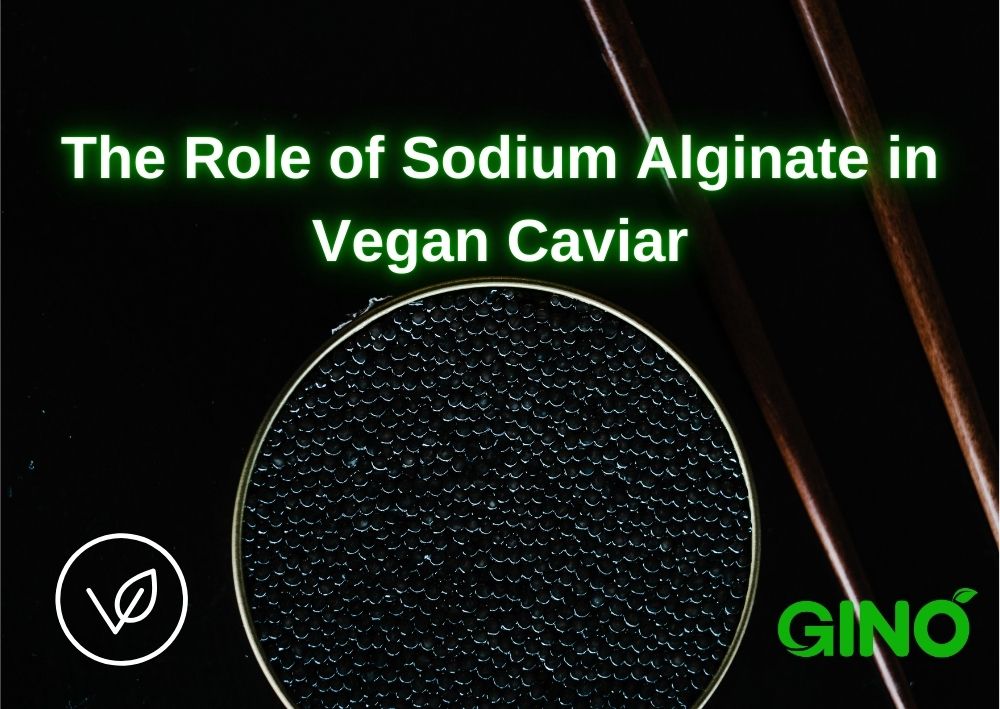
2. What is Vegan Caviar?
It is a plant-based alternative to traditional fish roe, made from ingredients like seaweed, fruit juices, or vegetable extracts.
It mimics the appearance, texture, and "pop" of fish caviar, offering a sustainable, cruelty-free option for those on vegan, vegetarian, or eco-conscious diets.
Seaweed Caviar can be used in a variety of dishes, from salads to cocktails, making it a versatile and ethical choice for plant-based eating.
3. What is Sodium Alginate?
Sodium alginate is a polysaccharide extracted from the cell walls of brown algae.
It is widely used in the food industry for its gelling, thickening, and stabilizing properties. In its pure form, sodium alginate is a white, odorless powder that dissolves easily in water, forming a gel when combined with calcium salts.
It has long been a staple in culinary applications ranging from molecular gastronomy to traditional food processing.
4. Sodium Alginate in Vegan Caviar: Why It Works
It is designed to mimic the appearance and texture of traditional fish roe but without using animal products. Sodium alginate plays a crucial role in achieving the desired effect. Here’s how:
4.1 Gel Formation
The primary function of sodium alginate in vegan caviar is to form a gel. When sodium alginate is mixed with water and then exposed to a calcium solution, it undergoes a chemical reaction known as “ionotropic gelation.”
This reaction causes the alginate to form a gel-like structure, resulting in small, bead-like shapes that resemble the appearance of fish roe.
4.2 Texture and Consistency
The texture of seaweed caviar is one of its defining features. Sodium alginate allows for the creation of firm, yet delicate pearls that have a satisfying pop when bitten into- much like traditional caviar.
The gel is soft enough to deliver a smooth mouthfeel but firm enough to maintain its shape during handling and consumption.
4.3 Customizable Flavor
It can be made from a variety of plant-based ingredients, such as fruit juices, seaweed, or even herbal infusions.
Sodium alginate doesn’t interfere with the flavor of these ingredients but instead helps to encapsulate and enhance the flavors within the pearls.
The versatility of sodium alginate allows for the creation of different flavor profiles, making vegan caviar suitable for a wide range of dishes.
4.4 Sustainability
One of the biggest benefits of using sodium alginate in vegan caviar is its sustainability. Traditional caviar production relies on harvesting roe from fish, which raises ethical and environmental concerns.
Sodium alginate, derived from algae, offers a cruelty-free and eco-friendly solution to this issue. Plant based caviar made with sodium alginate is a plant-based product that supports sustainable eating practices.
5. The Process of Making Vegan Caviar with Sodium Alginate
What is the vegan caviar recipe?
Making plant based caviar involves a simple yet precise process. Here’s a basic outline of how sodium alginate is used to create the pearls:
5.1 Preparation of Sodium Alginate Solution
A solution of sodium alginate is prepared by dissolving the powder in water. The concentration typically ranges from 1% to 2%, depending on the desired firmness of the caviar pearls.
5.2 Flavoring the Solution
To create different varieties of plant based caviar, flavoring agents such as fruit juices, vegetable extracts, or seaweed-based broths are added to the sodium alginate solution. The choice of flavorings can be tailored to suit the dish, from citrusy and refreshing to savory and umami.
5.3 Spherification Process
The flavored sodium alginate solution is then carefully dropped into a calcium chloride bath. The calcium ions trigger the gelation of the sodium alginate, forming small spheres or pearls. This technique is known as spherification and is a cornerstone of molecular gastronomy.
5.4 Finishing Touches
After forming the caviar pearls, they are rinsed in water to remove any excess calcium and are ready to serve. The pearls can be served on their own or used as a garnish in a variety of dishes, from sushi and salads to appetizers and cocktails.
6. Benefits of Using Sodium Alginate in Vegan Caviar
Using sodium alginate in vegan caviar provides several advantages over other gelling agents:
Natural and Safe: Sodium alginate is derived from algae, making it a natural, non-toxic ingredient. It’s also non-GMO and can be used in a variety of dietary preferences, including vegan, vegetarian, and gluten-free diets.
Versatility: The ability to control the texture, firmness, and size of the pearls makes sodium alginate incredibly versatile. Whether creating small, delicate pearls or larger, more substantial ones, the ingredient adapts to the needs of the recipe.
Sustainability: As mentioned earlier, sodium alginate is a plant-based ingredient, making it a more sustainable alternative to animal-derived products like fish roe.
Consistency: Sodium alginate produces reliable and consistent results. It ensures that each batch of vegan caviar has the same texture and appearance, which is essential for both home cooks and professional chefs.
7. Applications
Seaweed Caviar is a versatile product that can be used in many culinary applications:
Appetizers and Finger Foods: It makes a perfect garnish for appetizers like crostini, canapés, or vegan sushi rolls. It adds a pop of color and a burst of flavor to any dish.
Garnishes for Drinks: Just like traditional caviar, vegan caviar can be used to enhance cocktails, particularly in drinks like martinis, mojitos, and sparkling wine.
Creative Platings: The delicate pearls of vegan caviar can elevate the presentation of plant-based dishes, such as salads, pasta, or rice bowls, adding both visual appeal and flavor.
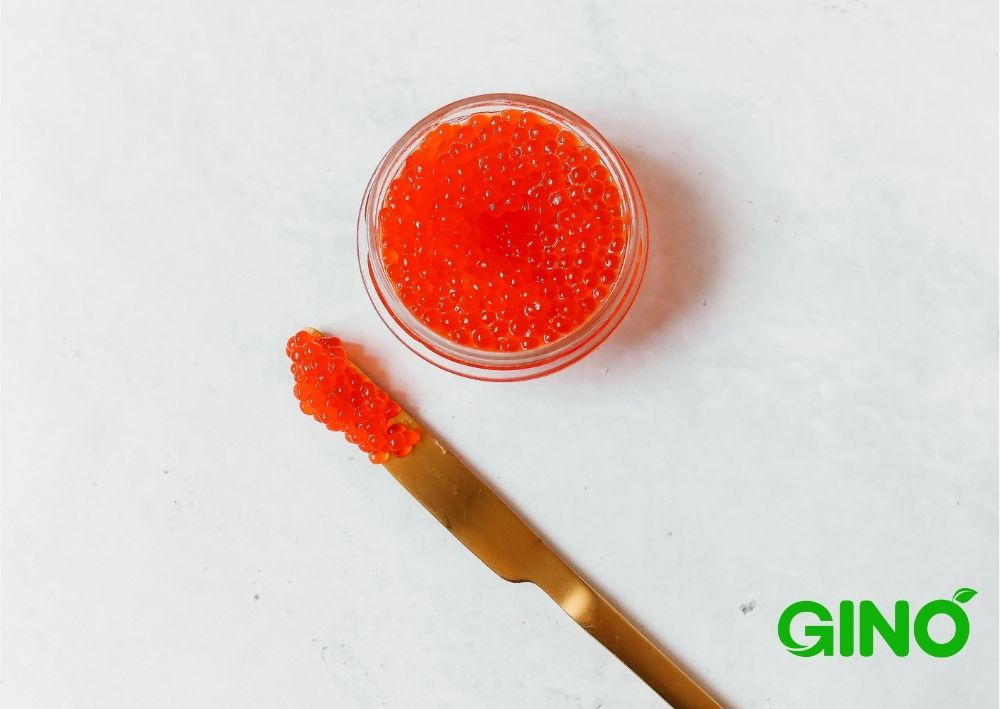
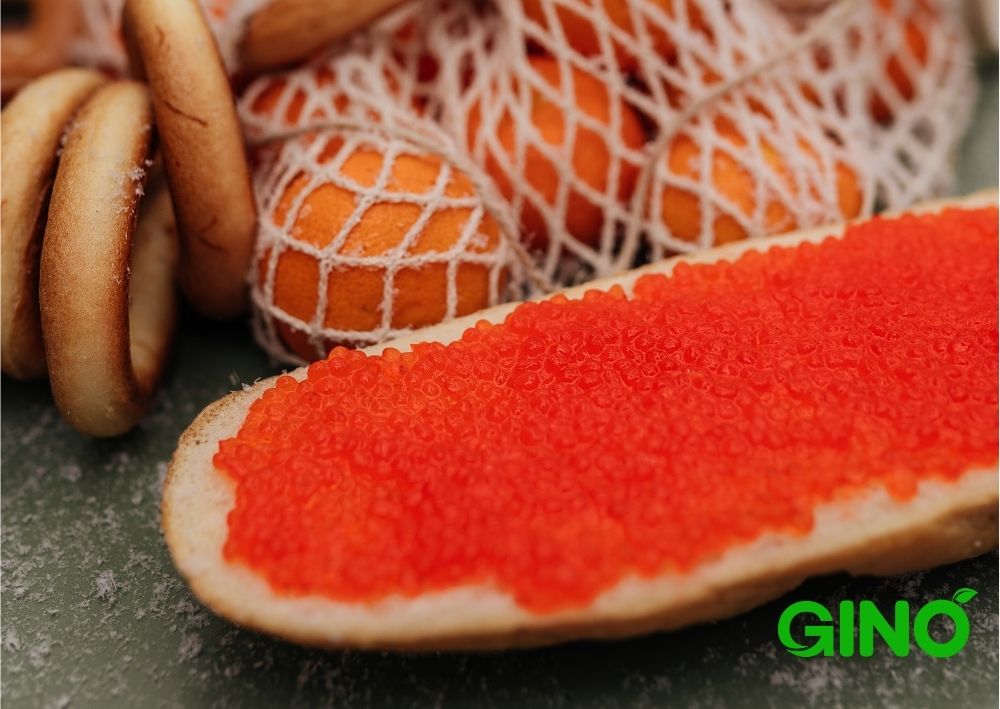
8. Conclusion
Sodium alginate has proven to be an indispensable ingredient in the creation of plant-based caviar.
Its ability to form delicate, yet firm, pearls without compromising on flavor or sustainability makes it a standout choice for plant-based alternatives.
As the popularity of vegan and sustainable foods continues to rise, sodium alginate will remain a key player in crafting innovative, eco-friendly products like vegan caviar.
Looking to create your own vegan caviar or enhance your culinary creations?
Explore our range of high-quality sodium alginate today and start experimenting with this versatile ingredient. Whether you're a chef or a home cook, sodium alginate will help you achieve perfect, plant-based pearls every time.
Contact us
